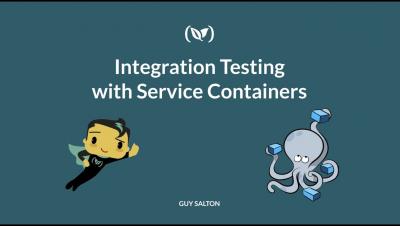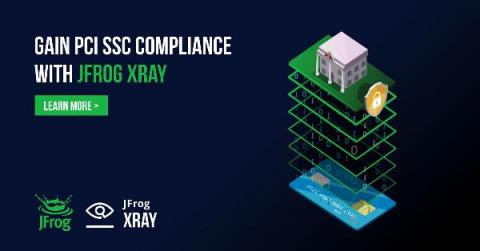We're Honored: Bank of America Recognizes JFrog for Enterprise DevOps Innovation
Being innovative is like being handsome. It only counts when others think so. When Bank of America honors you for being innovative and improving how their 30,000 developers perform, it’s a very handsome compliment. At the 11th Bank of America Technology Innovation Summit, JFrog was recognized for industrial leadership and excellence in providing global business solutions. This year, JFrog was one of only two technology companies honored for its strong partnership with the firm.











